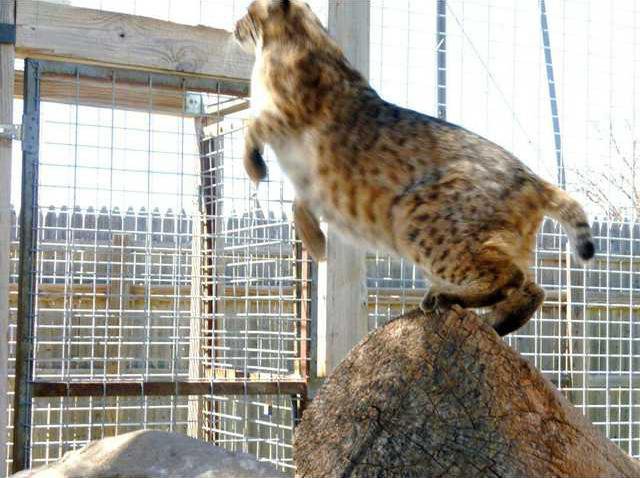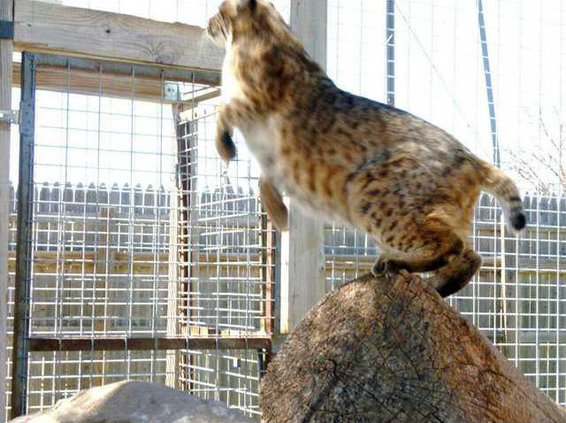About Zoo Boo
Zoo Boo will run from 6-8 p.m. Saturday, Oct. 27, at the Great Bend Brit Spaugh Zoo. This is a free event for kids to walk through, collecting candy at 20-30 stations.
According to Zoo Director Scott Gregory, “When I say walk-through (event), it gets VERY busy so it ends up being one big line through the zoo. We have different activities going on throughout the zoo and the kids leave with a lot of candy!”
Participants are welcome to wear their Halloween costumes.
For the second year, Zoo Boo with also feature a “scary” section, for those brave enough to try it.
If someone from a group or business wants to hand out candy at a booth, there is still time. For more information send e-mail to Scott@GreatBendZoo.com. “You must supply your own candy to pass out,” Gregory said. He estimates it takes at least 2,000 pieces per booth.
The swift fox may not be on the endangered species list, but it could be headed that way. Great Bend Brit Spaugh Zoo Director Scott Gregory said he hopes to acquire a pair of the foxes for breeding.
The Association of Zoos and Aquariums has been working with the Brit Spaugh Zoo staff ever since Great Bend began efforts to earn AZA accreditation. Even though accreditation was denied at an AZA board meeting last month in Phoenix, Ariz., Gregory and staff are still working toward that goal, and are still in a working relationship with the AZA.
Zoo Curator Marge Bowen has attended AZA training on management of swift foxes. Gregory said the zoo has a good chance of getting a male fox from AZA in the coming weeks. He hopes that will happen and that the zoo will later receive a female for breeding.
“The swift fox is a species of special concern,” Gregory said, adding it is also native to this part of North America. Breeding is part of AZA’s Species Survival Plan.
“Historically, the Swift Fox was considered an abundant predator of the prairies, but numbers were severely depleted by the late 1880s and early 1900s,” according to the International Union for Conservation of Nature. It is listed on the IUCN Red List of Threatened Species.
U.S. Fish & Wildlife Service determined in 1995 that the swift fox’s numbers warranted a “threatened” listing, but other species had a higher priority. Wildlife agencies in the states where the foxes were once common formed the Swift Fox Conservation Team to work cooperatively on swift fox management and conservation.
Swift fox monitoring and management programs have resulted in a better understanding of the species’ status, according to a Fish and Wildlife website for its South Dakota Field Office. The work paid off; in 2001 the species was removed from consideration for listing under the Endangered Species Act.








